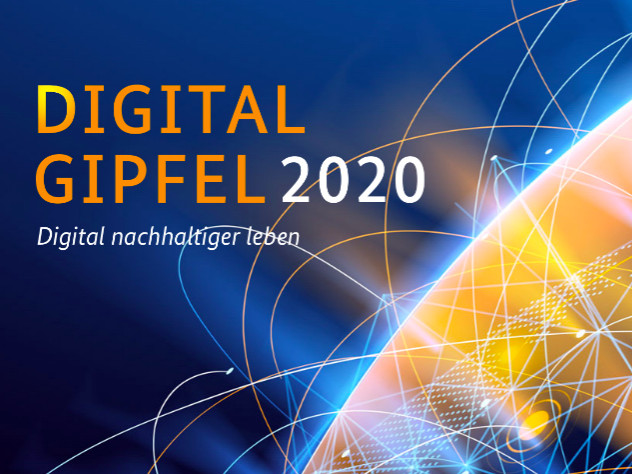
Digitalgipfel 2020

Floods along rivers affect more people worldwide than any other natural hazard. Due to climate change and socio-economic changes, a significant increase in flood damage is expected in the future. Mitigating flood risks requires the understanding of how flood events emerge and what kind of impacts they entail. For this, processes and interactions of different Earth system compartments must be recorded, from the atmosphere to river landscapes to the coast as well as diverse human interventions. The Flood Event Explorer combines different data, e.g. precipitation, dike breaches, damage from diverse sources, e.g. satellite observations, river gauges, social media, provides integrative workflows for transparent analyses, thus opening up new perspectives and supporting scientists in gaining new insights. Kai Schröter: Helmholtz Centre Potsdam, GFZ German Research Centre for Geosciences
kschroeter(at)gfz-potsdam.de
Doris Dransch: Helmholtz Centre Potsdam, GFZ German Research Centre for Geosciences
dransch(at)gfz-potsdam.de
Bruno Merz: Helmholtz Centre Potsdam, GFZ German Research Centre for Geosciences
bmerz(at)gfz-potsdam.de There millions of tons of old munitions and explosives on the seabed, which were dumped there mainly after the end of World War II. Since the position of these objects is rarely known, areas of interest (e.g. for shipping) have to be investigated and cleared. In order to achieve this, the seafloor is mapped using various methods. The collected data is then analysed by experts, and suspect sites are identified and investigated. This is a time-consuming and costly process. In Digital Earth, workflows and methods of data analysis are developed in order to analyse different data sets together. In this case, we use neural networks to help experts select suspicious points and analyse data in real-time. Jens Greinert: GEOMAR Helmholtz Zentrum für Ozeanforschung Kiel jgreinert(at)geomar.de Patrick Michaelis: GEOMAR Helmholtz Zentrum für Ozeanforschung Kiel
pmichaelis(at)geomar.de Due to the shortage of metals such as copper or nickel, but also of rare Earths, an actual start of deep-sea mining is becoming more and more likely. The development of extraction techniques for manganese nodule mining in water depths of more than 4000m is progressing. In the process, the 'vacuum cleaner-like' extraction removes the top 20cm of the deep seafloor, which also creates a significant cloud of sediment. Depending on density, internal turbulence and the near-bottom current, this sediment cloud spreads and covers larger areas after depositing. In the 4D Digital Earth Viewer we combined sensor data, terrain and flow models in the in order to prepare a test mission planned by the Federal Institute for Geosciences and Natural Resources together with GSR/DEME from Belgium in 2021. Jens Greinert: GEOMAR Helmholtz Zentrum für Ozeanforschung Kiel jgreinert(at)geomar.de Everardo González Ávalos: GEOMAR Helmholtz Zentrum für Ozeanforschung Kiel egonzalez(at)geomar.de Methane is a potent greenhouse gas that enters the atmosphere from natural and anthropogenic sources in the North Sea. Measurements in the water and atmosphere are visualised and explored with model data in an integrated 4D approach. The aim is to determine the amount of methane released from the North Sea and compare it with model calculations for the atmosphere. Ideally, both quantifications should be the same. The show case "Methane budget of the North Sea" of the Helmholtz project Digital Earth demonstrates workflows and data science approaches to enable such a comparison by using visual methods. Measurements and model data from the last 40 years were used, such as temperature, salinity of the North Sea as well as methane content and wind speeds of the atmosphere. Stories told:
Understanding flood events and minimising their risk
Contact
Using Neural Networks to Detect Munition
Contact
4D Visualisation Technique in Deep Sea Mining
Contact
Evaluation of Methane Release in the North Sea using 4D Data Sets
Contact
Roland Ruhnke: Karlsruher Institut für Technologie (KIT) roland.ruhnke(at)kit.edu
Joanna Staneva: Helmholtz-Zentrum Geesthacht, Zentrum für Material- und Küstenforschung GmbH Joanna.Staneva(at)hzg.de
Jens Greinert: GEOMAR Helmholtz Zentrum für Ozeanforschung Kiel greinert(at)geomar.de